"*" indicates required fields
Vision Eye Institute and Guide Dogs explore collaboration
04/06/2024
Two of Australia’s largest national organisations are exploring ways to work together and improve the whole-of-care journey for people with low vision or blindness. Vision Eye Institute and Guide Dogs both provide important care for those who are vision impaired. A collaborative relationship could see an increase in patient outcomes and quality of life.
A facility like no other
Vision Eye Institute (VEI) CEO Amanda Cranage went behind-the-scenes with her Guide Dogs Victoria counterpart, Nicky Long, and General Manager of Dog and Vision Services, Dr Russell Harrison, for a tour of its state-of-the art redevelopment in Kew. Joining Ms Cranage was fellow VEI Executive Leadership Team member and Group Marketing Manager, Siobhan Todhunter.
Only a few months away from opening, the development takes functional design to a whole new level and will provide a all abilities and inclusive facility for the organisation to continue its mission to support people who are blind or have low vision.
Ms Cranage was impressed by the architect’s design, saying ‘it truly respected the inclusion of people with low vision or blindness as well as their Guide Dogs.’
More than Guide Dogs
However, it was discovering the breadth of services provided by the 67-year-old organisation that proved to be the real eye opener.
‘We are a proud supporter of the Puppy Pals program where we sponsor puppies in training, so to learn more about their dog breeding, training and matching program was fascinating. What I didn’t expect was all the other services that they offer,’ says Ms Cranage.
‘Their work goes far beyond what one would typically imagine when thinking of Guide Dogs as an organisation.’
– Amanda Cranage, Vision Eye Institute CEO
‘For example, orientation and mobility training, psychosocial support, occupational therapy, orthoptic vision therapy, assistive technology training, early children’s services, education and advocacy. The new development even has a fully functional apartment to allow real-world training. It’s quite incredible,’ she says.
Ms Long says Guide Dogs programs are designed to address the diverse needs of clients so they can lead independent and fulfilling lives.
‘Losing your sight can be a daunting and emotional time. We provide the foundations to empower people to navigate a life without limits and achieve their life goals.’
– Nicky Long, Guide Dogs Victoria CEO
Many people also assume that Guide Dogs is supported by the Government, says Ms Long. ‘In fact, we are predominantly community-funded through donations, grants, philanthropy, fundraising and volunteers. Without the generosity of others, we wouldn’t be able to continue the legacy of almost 70 years of community support. One Guide Dog costs is a huge investment in breeding, raising, training, matching to a successful partnership. The benefit to the handler is priceless and life long.’
Thinking holistically
Ms Cranage, who has a clinical background as an orthoptist, says healthcare providers can and should be thinking more holistically to improve patient outcomes. ‘Our mission is to transform lives, which means the job doesn’t necessarily stop when the patient leaves the consult room.
‘If there are opportunities for us to link our patients to aligned services that support their ongoing well-being and quality of life, then we need to look at those. And if we can support a wonderful organisation like Guide Dogs at the same time, it’s a win-win situation.’
Ms Long is similarly excited about the possibility of joint initiatives to support mutual outcomes for clients. ‘VEI’s commitment to transforming lives mirrors our own values. We are excited about the prospect of leveraging our combined expertise and resources to reach more people in need and support them to live independent lives within their community.’
Learn more about Guide Dogs Victoria
Find another state or territory-based Guide Dogs organisation
Gallery
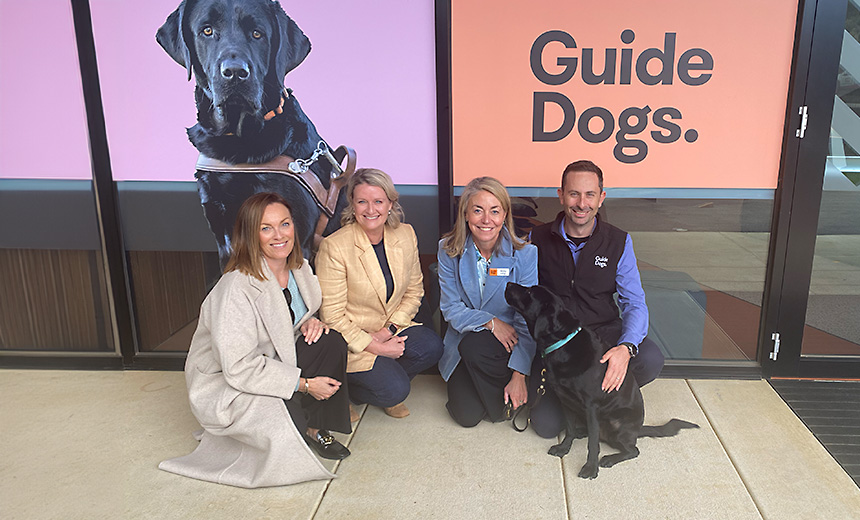
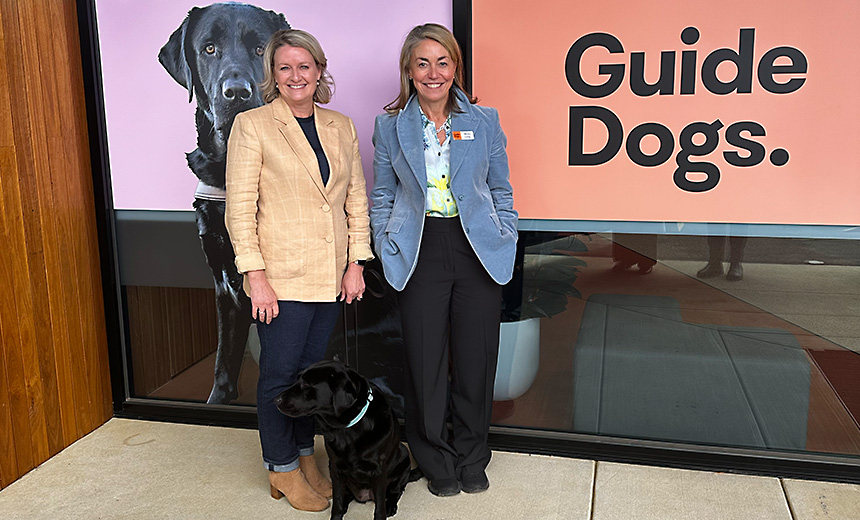
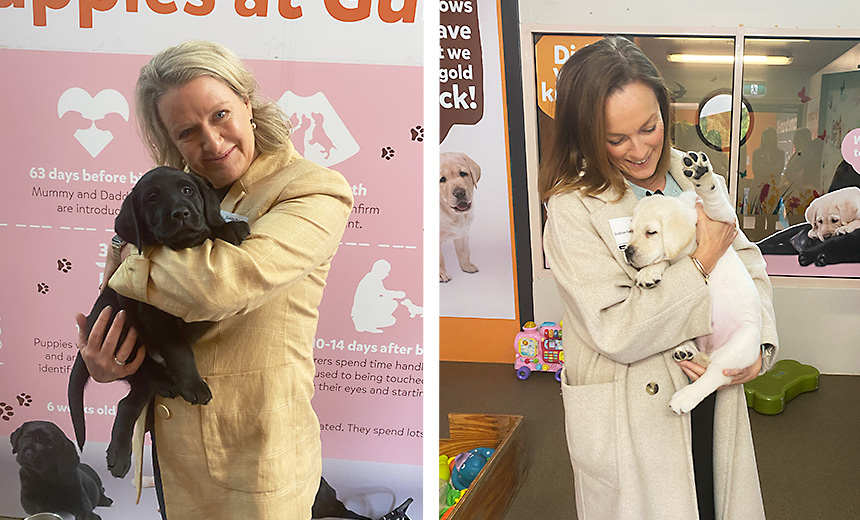
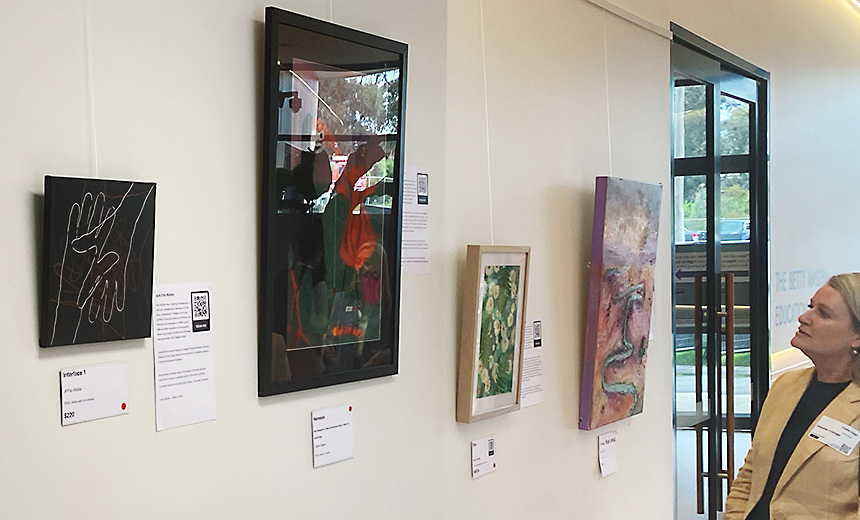
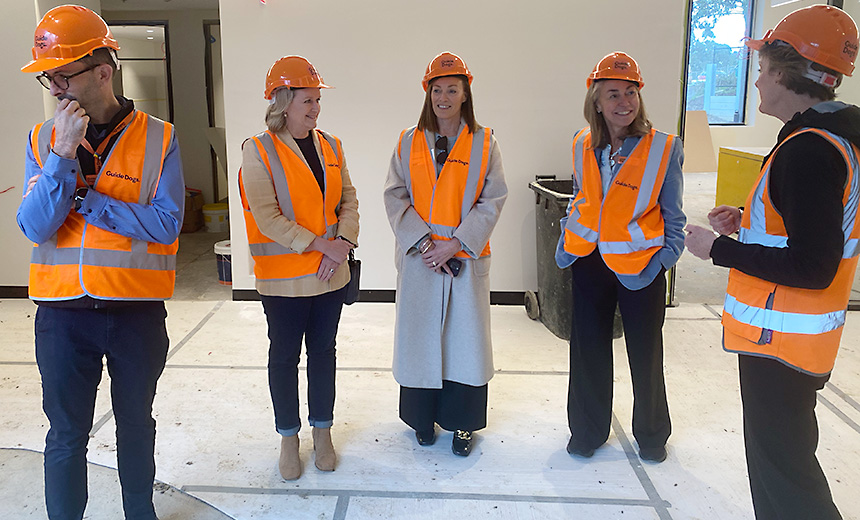
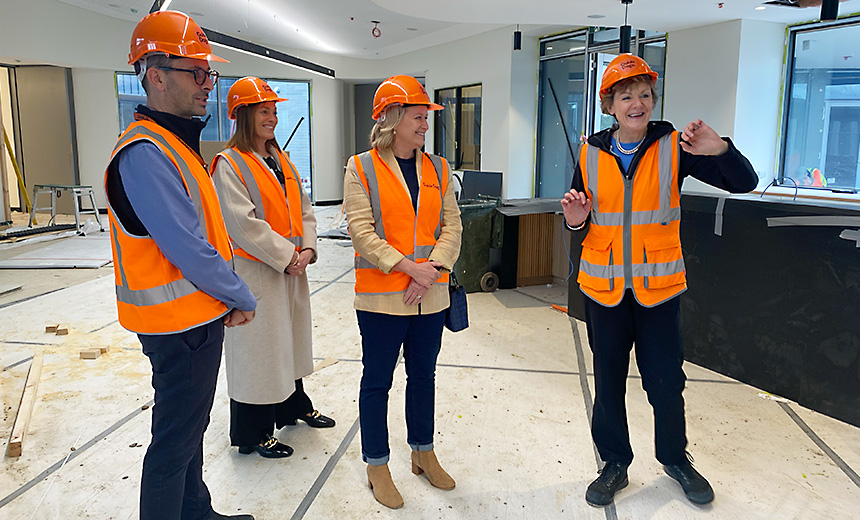
Date last reviewed: 2025-02-20 | Date for next review: 2027-02-20
